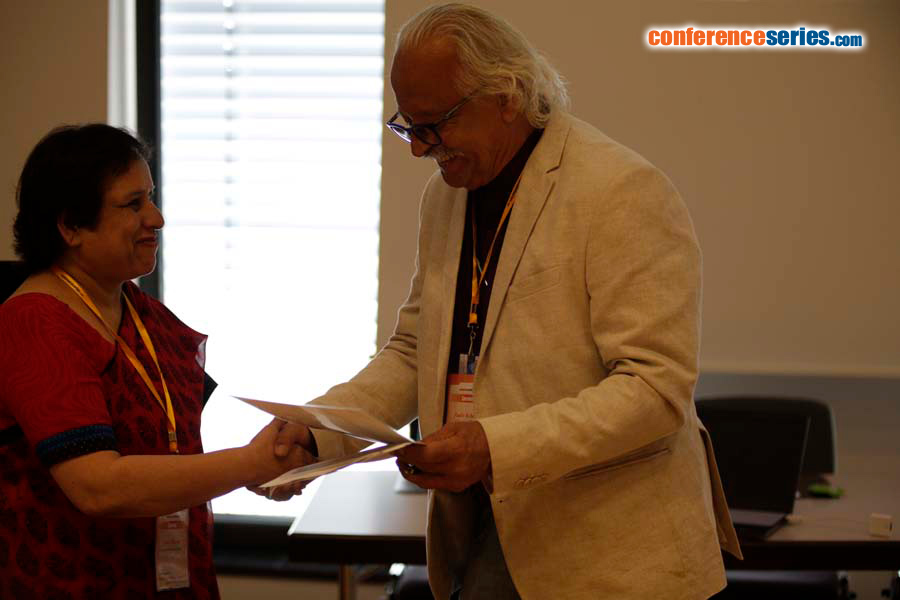
Paulo Roberto Ribeiro Costa
Universidade Federal do Rio de Janeiro, Brazil
Title: Synthesis and biological evaluation of new carbaisoflavonoids with anti-HCV activity
Biography
Biography: Paulo Roberto Ribeiro Costa
Abstract
Isoflavanoids have being used in our laboratory as inspiration for the preparation of new compounds with antiviral, antiparasitic and antineoplastic activities. Several new 1-carbaisoflavanones, designed as analogues of bioactive natural isoflavanones, were prepared in environmentally appropriate conditions, by palladium catalyzed a-arylation of a-tetralones with o-bromoalkoxyphenols. Compound LQB-314 exhibited the best profile for HCV inhibition, being active in both replicon reporter cells (IC50 1.8 mM, SI > 111 in Huh7/Rep-Feo1b and IC50 4.3 mM, SI> 46 in Huh7.5-FGR-JC1-Rluc2A). Compound LQB-307 was the more potent and selective in Huh7.5-FGR-JC1-Rluc2A replicon reporter cells (IC50 1.5 mM, SI>101.4). Both compounds presented high bioselective index. Several of these substances have been converted in high yields into the corresponding 5-carbapterocarpens (total or partial demethylation of methoxy groups, followed by cyclization in a single step). These pterocarpens also showed potent anti-HCV activity. The best profile in Huh7/Rep-Feo1b replicon reporter cells was observed with LQB-359 (EC50 5.5 mM/SI 20), while LQB-418 was the most active in Huh7.5-FGR-JC1-Rluc2A replicon reporter cells (EC50 1.5 mM/SI 70). Hydroxy groups at A- and D-rings are essential for anti-HCV activity, and substitutions in the A-ring at positions 3 and 4 resulted in enhanced activity of the compounds.




